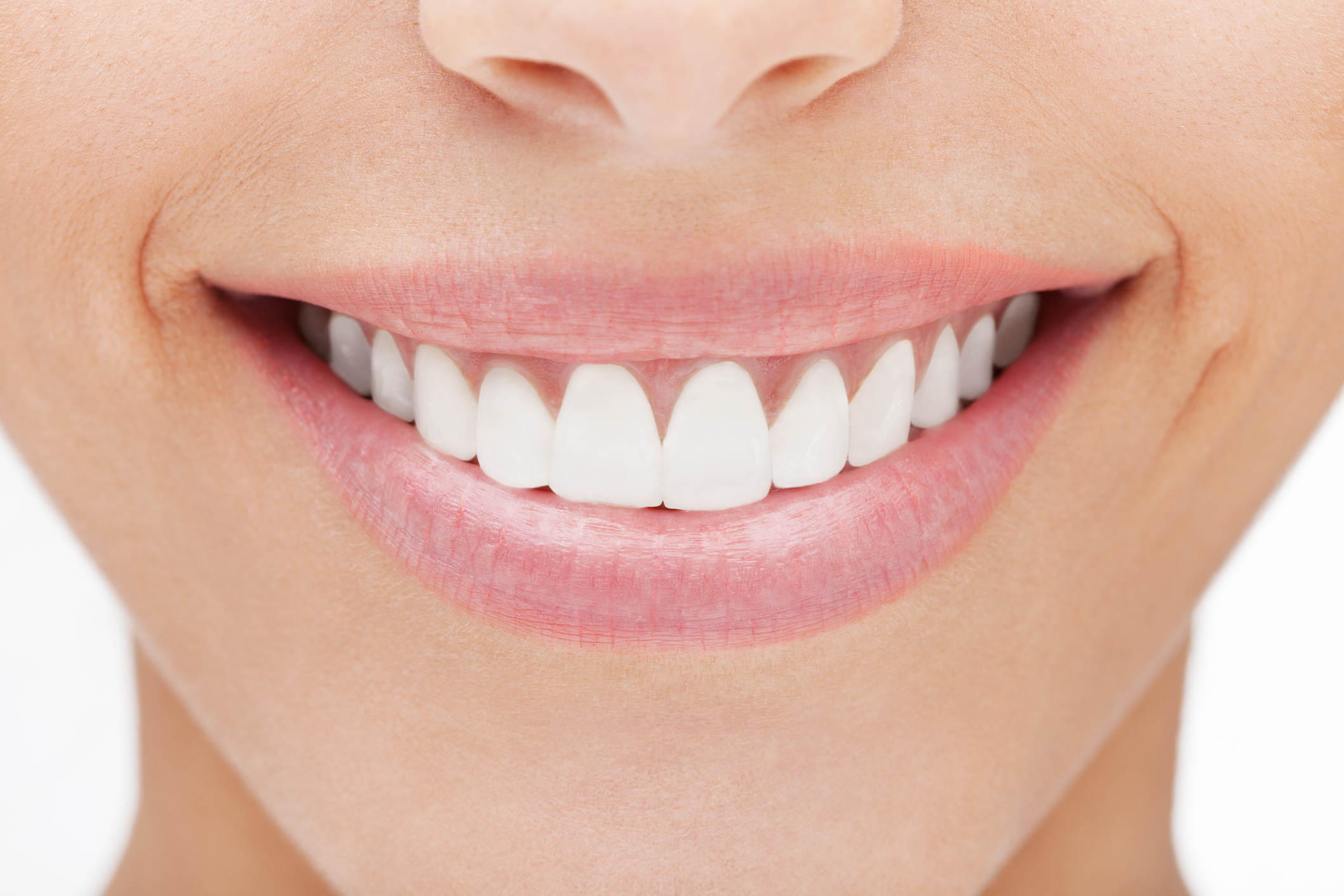Each individual has their own teeth color, same as for the skin and hair. Even for the lucky ones, pure white is only a mirage.
What determines the color of our teeth?
Dentine (the substance between the enamel, cementum and pulp) contains gray, reddish and yellowish shades that transpire more or less intensely by the above enamel, which is by itself translucent.Despite being a particularly strong mineralized material, enamel retains a certain porosity and can then knocked over by substances and particles that can change color to dentin and enamel itself.
What are the main “enemies” of white teeth?
Cigarette smoking, mouthwashes with chlorhexidine, natural aging and food containing pigments, such coffee, tea, liquorice, spinach and red wine, as well as artificial colors added to beverages or other food products.
Teeth whitening remedies and treatments
Insufficient oral hygiene favors the deposit of dental plaque and its subsequent evolution into tartar. The yellowish color of the latter and the barrier effect of the plate, can gradually reduce the brightness of a smile, presenting a little change in teeth color. In fact, the colored particles in foods, drinks and smoke, attach plaque and mature tartar is a much better and tenacious way than enamel. The end result is that the teeth appear dark, yellow, more opaque and less bright.
Sure enough, teeth cleaning (tartar removal) helps prevent yellowing teeth. It is recommended to perform tartar removal at least once every 6-12 months.
To return teeth back to a white color and bright state, you can choose between different types of whitening treatments, both rapid and non-invasive. Apart from the effectiveness inherent in the various methods, you must first become aware of their limitations. In fact, undergoing these treatments means at best bringing the color of the teeth to the ancient splendor, up to slightly lighten the tone conferred by Mother Nature.
The technique most commonly used is performed directly in the dental practice and is therefore called “chairside teeth whitening” . This procedure uses the action of chemical bleaching agents at high concentration, enhanced by specific lamps that favor the action in depth.Half whitening is most widespread and consists of a gel based on hydrogen peroxide at 35-38% AC which, once exposed to particular light sources, is activated releasing oxygen. This gas penetrates into the tooth structure, triggering oxidation-reduction reactions that break down the molecules of the stains into smaller compounds, which are colorless and can be easily removed. The intensity of the bleaching depends on the concentration of the active ingredient and its shutter speed on the teeth. In any case, consistent with the experience of the dentist, professional intervention guarantees the best possible result, minimizing side effects such as excessive thermal sensitivity and gingival irritation. Read more gingivitis and tooth sensitivity, however, they tend to appear at the end of treatment, only to regress spontaneously with 24-48 hours.
-
3,400 Physicians
-
110,400 Annual surgeries
-
190,400 Annual Inpatient Admissions
-
928,000 Patients



